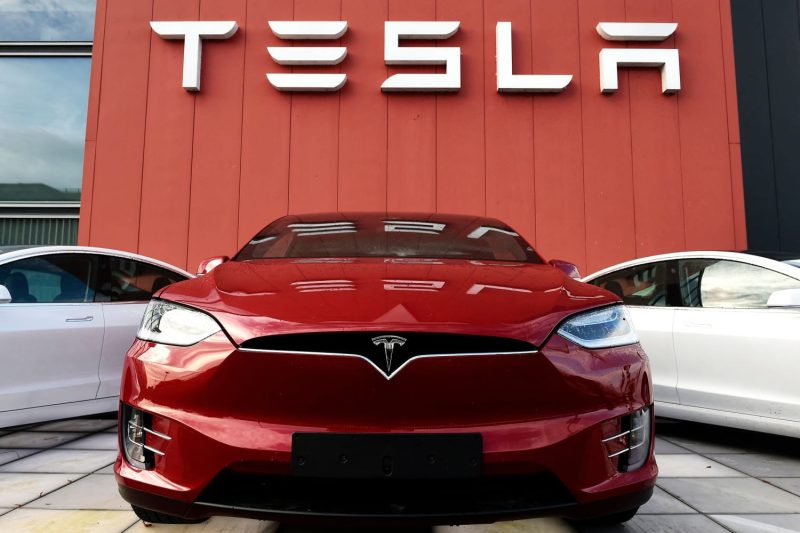Tesla, the behemoth in the electric vehicle industry, has recently announced a recall of approximately 125,227 of its vehicles. This action was necessitated due to a fault discovered within the seat belt warning systems of the models in question. This revealing piece aims to delve into the details of this recall, the effect on Tesla, and what it means for owners of the concerned vehicles.
In line with their commitment to the safety and satisfaction of their users, Tesla initiated the recall after discovering that the reminder chime, which serves as a safety alert for drivers to buckle up before setting off, may not always go off. The logistics of the recall cover Tesla Model S sedans and Model X SUVs manufactured between 2017 and 2020. These models have been identified as possessing a software anomaly likely to silence the seat belt reminder chime that should sound at ignition.
This fault in the seat belt warning system was first discovered during routine testing and quality assurance checks conducted internally by Tesla. The defect stems from a software issue, more specifically related to firmware version 2020.48.12, which may hinder the activation of the seat belt warning systems at the crucial moment when they are most needed – the start of each journey.
Though no injuries or accidents associated with this issue have been reported, Tesla took proactive steps to address the potential safety hazard. The car giant has reported this issue to the National Highway Traffic Safety Administration (NHTSA), in keeping with its commitment to transparency and adherence to regulatory guidelines. The NHTSA has, in turn, acknowledged this proactive move by Tesla and is offering its full support to ensure a smooth recall process.
This software glitch doesn’t merely raise safety concerns; it also brings up legal issues. In numerous jurisdictions, the activation of a seat belt reminder is mandated by law. Driving without a seat belt is considered illegal in most areas, emphasizing the criticality of this recall.
Owners of the affected Tesla vehicles need not fret, as Tesla has mapped out a clear plan to address the issue. The solution to the problem isn’t as daunting as one might assume, given the technological nature of the issue. Instead of physical repairs or hardware replacements, the software glitch would be resolved via an over-the-air (OTA) software update, which is a testament to Tesla’s innovative approach to vehicle management.
Tesla has pledged to notify affected owners with an urgent reminder to install the OTA update. Following the update, the seat belt reminder chime should return to normal functionality, fostering a safer drive for Tesla owners. The company will also provide assistance to any vehicle owners who may require help completing the update, showcasing their dedication to customer service.
While this recall might be seen as a setback for the EV titan, it also presents an opportunity for Tesla to demonstrate its commitment to safety and customer satisfaction. Tesla’s quick identification of the problem, immediate action to alert owners, and easy solution clearly show the company’s dedication not just to innovation, but also to its values of safety first.
Furthermore, the software-oriented nature of this recall highlights an underlying advantage of Tesla’s vehicles – their ability to be updated and repaired wirelessly. Traditional fossil fuel vehicles would likely require a physical recall, with vehicle owners having to bring their cars to dealerships or garages for necessary repairs. This modern approach of Tesla reduces inconvenience and further enforces Tesla’s status as a trailblazer in the electric vehicle industry.
In conclusion, while the recall of over 125,000 Tesla vehicles due to a faulty seat belt warning systems might seem daunting, it is indeed a testament to the company’s swift response and innovative solution in prioritizing customer safety. Tesla’s strategic approach demonstrates their commitment to quality assurance, proactive problem-solving, and customer satisfaction, maintaining their reputation as a leader in the electric vehicle sector.




